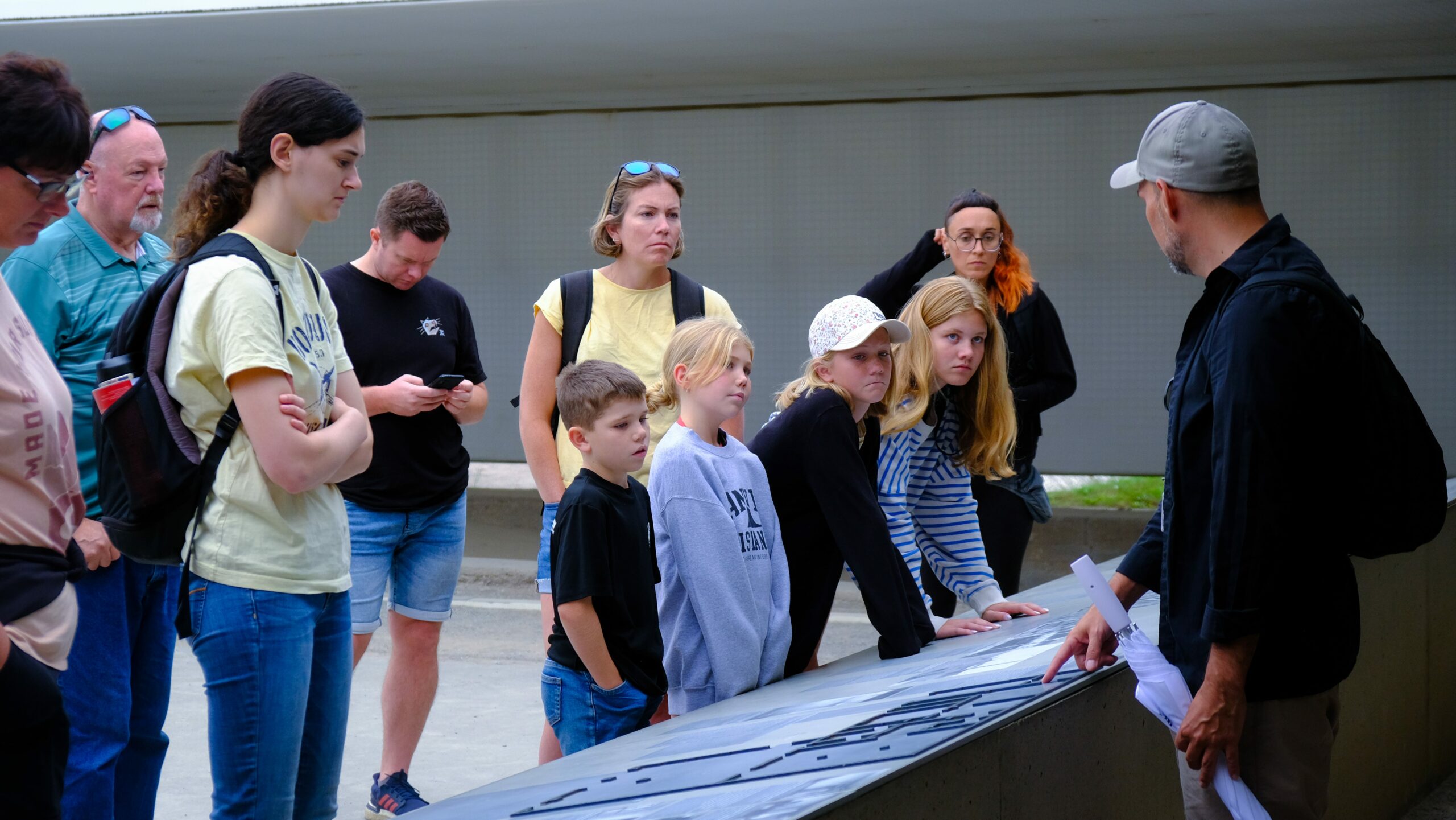Introduction
World War II was one of the most momentous occurrences of the times and Berlin as the seat of Nazi Germany was pivotal to the at no time charged time. In this article, we will examine the main historical and political events and results of World War II in Berlin.
The Rise of Nazi Germany
During the 1930s, Adolf Hitler and his Nazi Party came into power in Germany. Berlin, as the political centre, was where Nazi policy was carried out. Hitler created a totalitarian government, crushing opposition and assaulting minority groups.
Berlin was being thoroughly militarized and propagandized under Nazi rule. Large scale architectural projects, such as the construction of the Reich Chancellory and the Nazi party glare grounds have been undertaken to testify to the mperial power and egtemin of the Third Reich.
Berlin During the War
Once World War II broke out in 1939, Berlin became military centre, belligerently engaged in the war efforts. The city endured the attacks by air bombers, bombings as well as ferocious battles as the Allies sought to conquer over the Nazis.
One of the most crucial battles during this period held place was the Battle of Berlin, which occurred in four months 1945. Soviet troops encircled the city and encompassed a strongman street-bed fight. The battle was the fall of Berlin and the fall of Nazi Germany.
The Holocaust and Concentration Camps
Berlin’s black past is represented by file on holocaust. The Nazi created concentration camps and death centers, where millions of innocent people — mostly Jews — were deliberately slain.
One notorious concentration camp close to Berlin was Sachsenhausen. It was transformed into/tranformed to a hotspot for torture, medical experiments, and even execution. Visiting a concentration camp today serves to vehenntly remind on of the huge devastation that occurred during rocent lyg times.
The Aftermath
Following a decade after world war 2, Berlin was split into four occupied zones by the winning powers; usa, soviet union, great britan and france. Berlin was at the front of the post World War II Cold War rivalry between the United States and the Soviet Union.
The division of berlin was the mirror image of the broader division of germany and the europe. The construction of the Berlin Wall in 1961, dividing East and West Berlin, turned into a representsive antithesis of the Cold War and an emblem of German division.
Conclusion
Knowing what happened in Berlin during the time of World War II is necessary to understand the full impact of the war as far as cities and people are involved. Berlin with the unfolding of Hitler’s footfall in his footsteps to the division and re joining is the integral port of this history.
Today Berlin can be visited and contemplated in the framework of understanding this city history. Museums, memorials and landmarks safeguard the memory of the war, keeping them as a reminder to avoid such events happening again in the future.
Table of Contents

